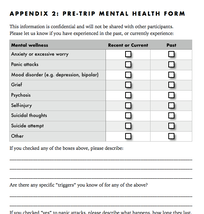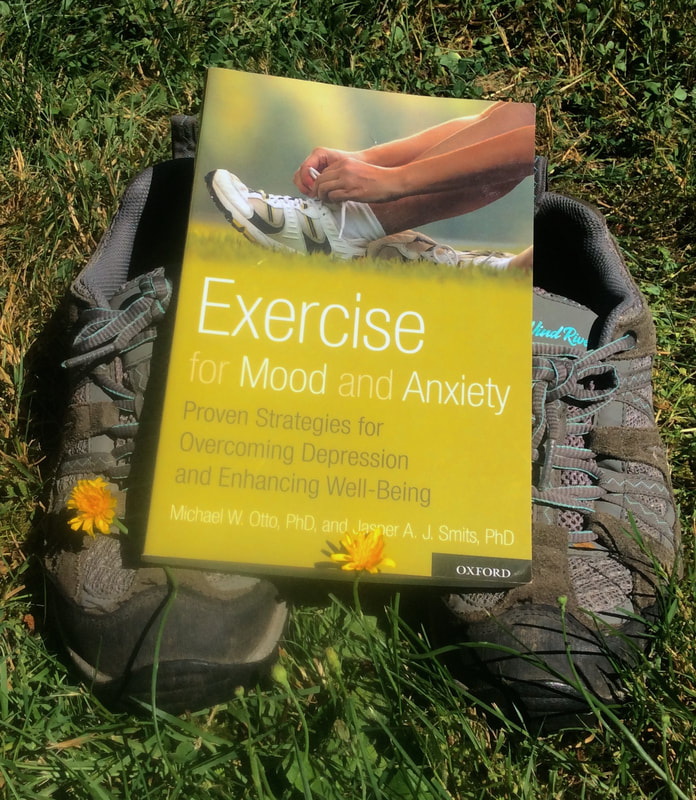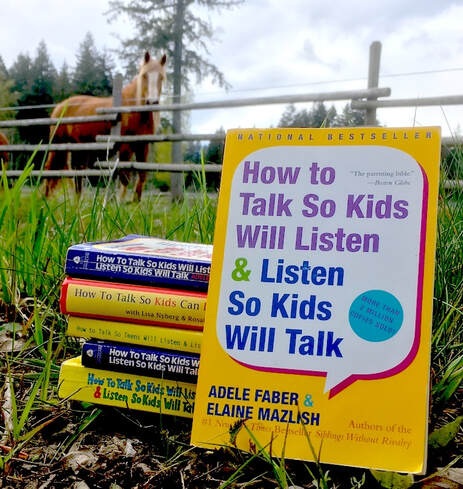|
I was delighted when I found this book during my Master's studies, as I recognized the names of the authors from many of the scientific articles I was compiling at the time for my final thesis project.
Smits and Otto, both PhDs, do a great job offering an incredible amount of clinical knowledge in an easily accessible, helpful format. Reading this book feels much like a conversation with a personal coach, walking you through some great research on the science of exercise and mood as well as a plan for setting up and maintaining the motivation for your own exercise routine. There are short, fill-in workbook style exercises for you to complete about your own exercise journey, and snippets and anecdotes about "regular Joes" and professional athletes -- many of whom struggle with mental health and motivation, too. They explore the science of motivation, warn you about excuses that come up and problem-solve ahead of time for how to avoid them: When you are down, blue, or sad, it is sorely tempting to skip a workout. But, as you hear yourself say, "I don't feel like it," remember that this is the very time at which exercise is most likely to help. Choosing not to exercise because you are feeling down is like choosing not to take an aspirin because you have a headache. (91) MHWFA students will recognize a combination of psychoeducation, cognitive behaviour, and "solution-focused conversation" techniques in a book that is nicely practical as well as theoretical. And for those of us who work seasonally, this may be just the right tool to help you develop your awareness for how the changing seasons can affect your own mental health, and put together a plan for the coming year. Note: I don't use affiliate links, and the Recommended Resources section is not sponsored. I (Daye) only tell you about books I have actualy found useful professionally or personally.
0 Comments
Confession time: I (Daye) have not one but SIX copies of this book (and its sister books, How to Talk So Teens Will Listen & Listen So Teens Will Talk, and How to Talk So Kids Can Learn) on my bookshelf. As I say in class: whenever I find a copy at a thrift store, I buy it, because I love to give them away.
How to Talk was originally published in 1980, by Adele Faber and Elaine Mazlish. It's been revised and sold millions of copies since. I remember seeing it on my Mom's nightstand when I was a kid. "That's dumb," I thought at the time; "she'll never get that to work on me." (In retrospect, seven-year-old-me was wrong; it wasn't, and she did). Decades later, as an adult, I rediscovered the book when working as an outdoor educator at Strathcona Park Lodge. It opens with one of my favourite lines: "I was a great parent before I had kids." (Now Mom to a 4-month-old; can confirm). Filled with cartoons, anecdotes, and humour, How to Talk is an effective and empathetic primer on communicating with humans of any age. At Strathcona, I realized it was changing the way I talked to the schoolkids I worked with, but also how I was talking to my co-workers and friends. I eventually started running workshops based on How To Talk for other outdoor educators there. I can confidently say this book was the beginning of a path that saw me going back to school to become a counsellor. In honour of Mother's Day, I'm highlighting How to Talk as our resource of the month. Look for it at a thrift store near you -- or try here.  Brand new resource posted: the MHWFA pre-trip med form. Let's encourage each other to start talking about mental health as easily as physical health. Download a PDF copy free to adapt and integrate for your own organization.
|
Details
AuthorDaye Cooper Hagel is a clinical counsellor, veteran wilderness guide, and director of the Mental Health Wilderness First Aid program on the west coast of British Columbia, Canada. Read more about her and the MHWFA on the About Us page! Archives
July 2022
Categories |
||||||
About Us |
Courses & Events |
|
|
We do not require personal medical information from our students, volunteers,
staff, or contractors as a condition of providing services. |



 RSS Feed
RSS Feed
